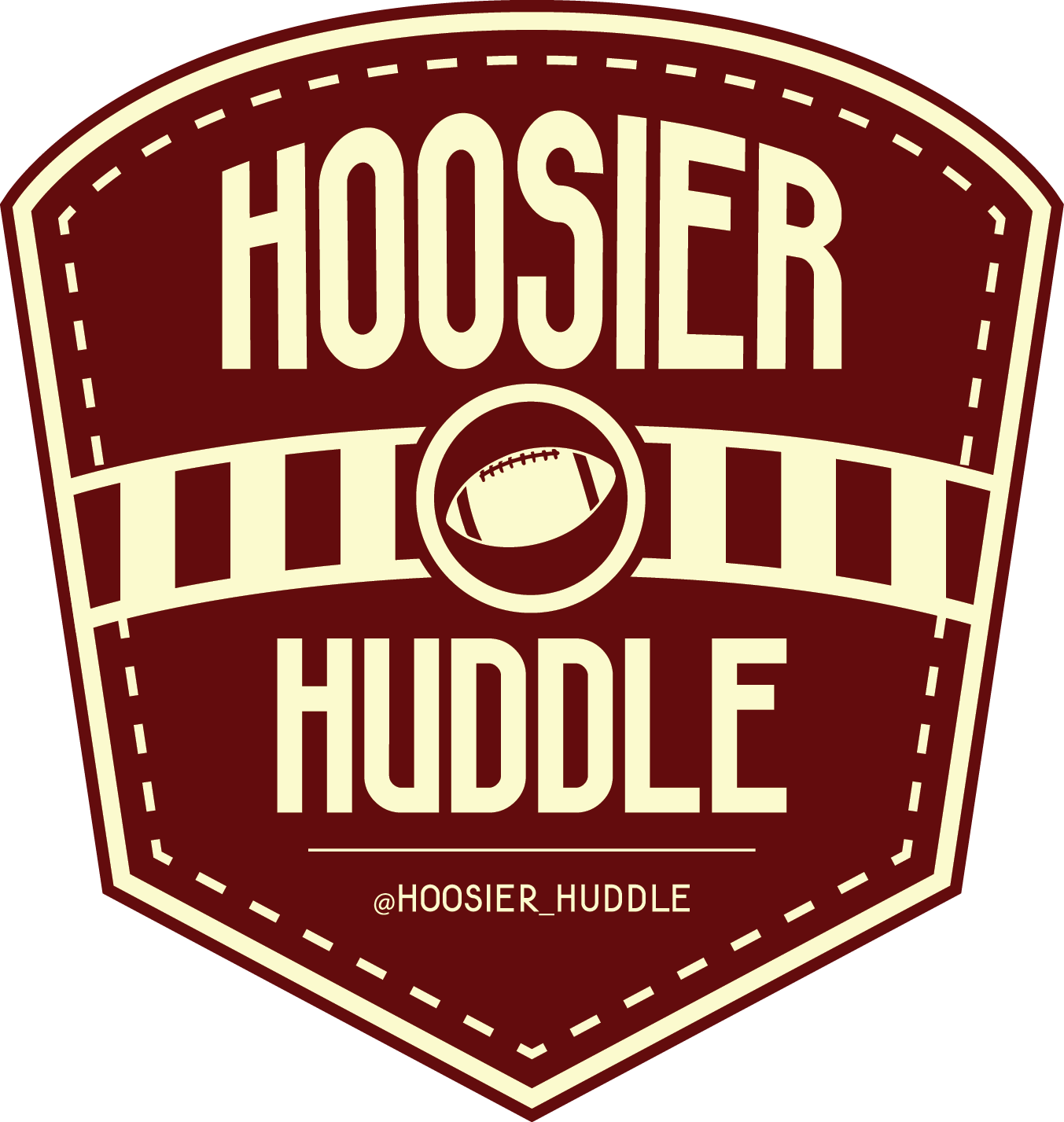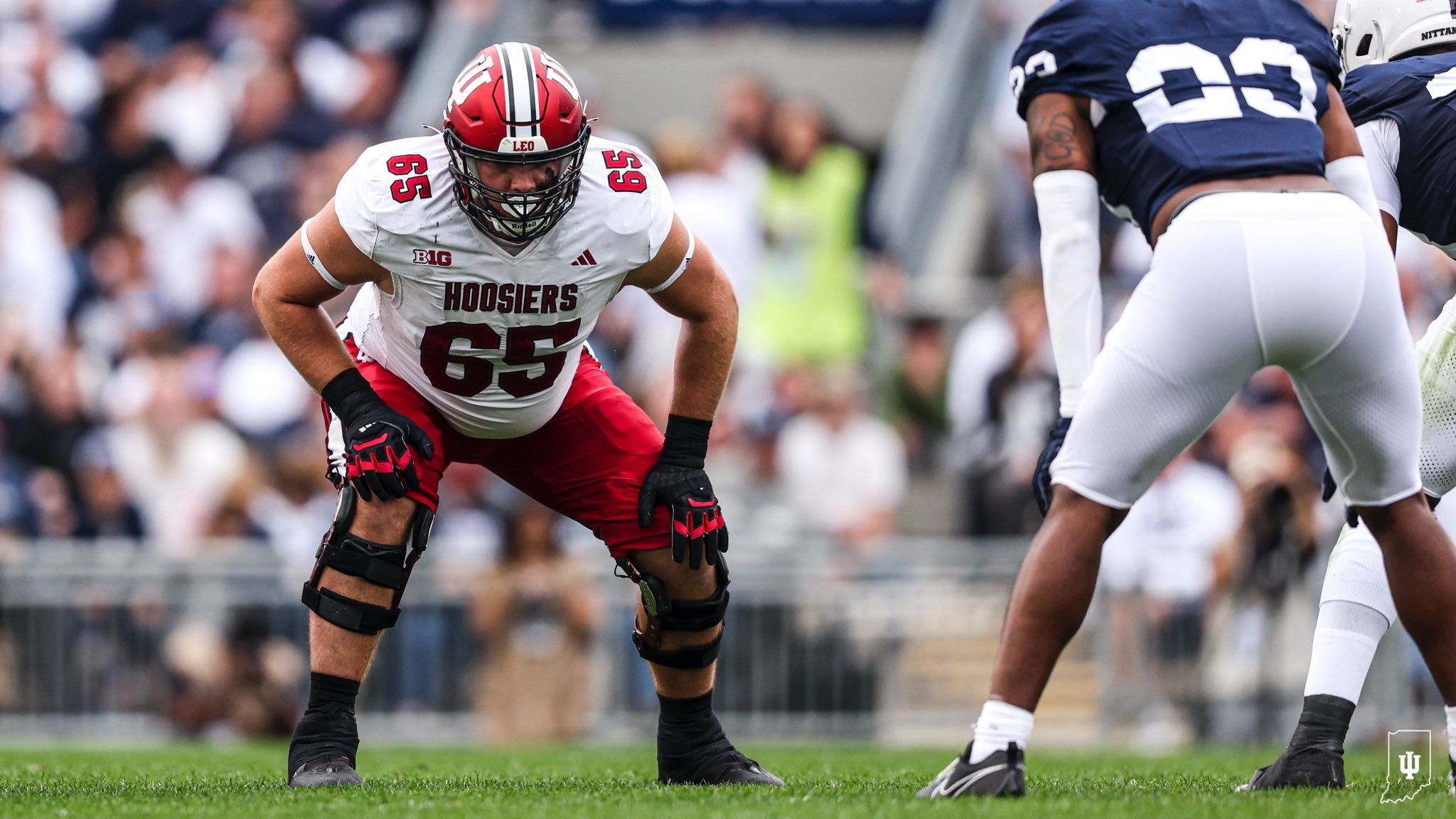Late Game Play Calling Baffling in IU's 33-24 Loss to Penn State
/Written by: Nate Comp (@NathanComp1)
Indiana may have even surprised itself with the position they were in to close the game. Just last week, Tom Allen admitted he and his team felt the season “slipping away.” Now, the Hoosiers’ Josh Sanguinetti had forced Drew Allar to throw the first interception of his career and returned it back to the 21-yard line; miraculously, with five minutes left to play, the Hoosiers had the ball and were down just 3 points, 24-21.
Then things got questionable.
The Hoosiers’ next three plays were all runs to Josh Henderson, gaining a total of 4 yards and settling for a field goal to tie the game. The ball went back to the Nittany Lions, who proceeded to hit KeAndre Lambert-Smith for a 57-yard touchdown to regain the lead, of which they never relinquished.
Indiana has not beaten a top-10 team on the road since 1987. They have never beaten Penn State on the road. Their last win against a ranked opponent came against Wisconsin in the COVID-shortened 2020 season.
I say this all to set the scene of how perfect a time it was to be aggressive with play calling, to control the possession after Allar had made a rare mistake, and to snatch a historic win.
So, what was the logic with three straight runs and a field goal?
“You know, we were running the ball really, really well,” said Tom Allen after the game. “And when we got the third down, we talked real quickly, said, hey, we're in field goal range. Don't risk the takeaway. They're really good at taking the ball away.”
Indiana had just one turnover at the time, an ill-advised throw by Brendan Sorsby near the end of the first half.
“They're a great pressure team on third-and-six. And we felt, we're already in field goal range. It was just we thought the smart thing to do was to not put ourselves in position to give away those points and lose the game that way. So that was the thought process.”
Allen was asked if this was a decision by himself, new offensive coordinator Rod Carey, or a group decision.
“There was agreement on that, and I actually agree with that decision to do that once we get to third down. Now obviously you’d like to be able to get to where you’re going to get the touchdown. You don’t want to leave it to overtime or tie game or whatever. But once you get the third and long, you know, just their defense is really, really good on third downs.”
Fans will also be left to wonder if Brendan Sorsby’s shoulder injury had anything to do with the decision to play the situation conservatively. The previous offensive possession did end with a Sorsby-to-Cooper touchdown strike, but Sorsby was clearly hurting after the throw. He went to the medical tent while the defense was on the field and we saw Tayven Jackson warming up on the sidelines, but Sorsby ultimately was cleared and did not miss an offensive snap.
“You know, he got hit in the shoulder on the touchdown throw to Omar Cooper, and they checked him out,” Allen added. “He threw a little bit. He was a little bit sore for sure, but he was good enough to throw. It wasn't because of his shoulder.”
So, we are left to wonder. With speculation swirling around what could be next for IU football and its coaching staff, was the late game play calling the right move? If Sorsby was healthy enough to throw, was it not worth at least one pass attempt to get into the endzone?
Instead, the Hoosiers fall to 2-6 in a game that – despite their mistakes – they played well enough to win.



